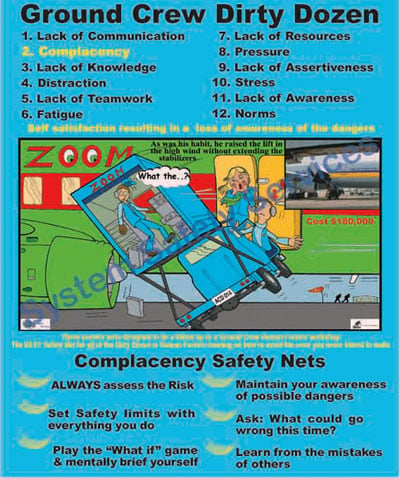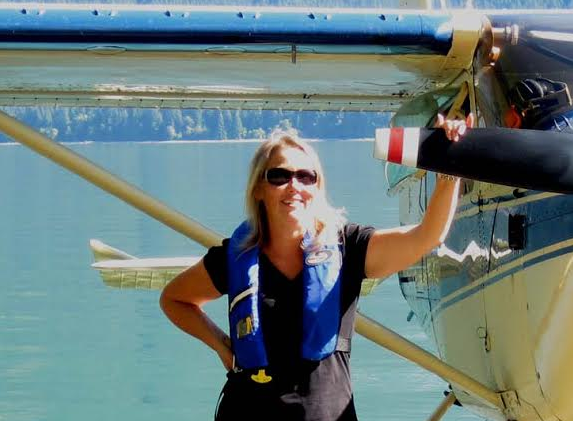What Is Complacency in Human Factors?

What is complacency? - It’s the self-satisfaction accompanied by a loss of awareness of the dangers.
Two very experienced AMTs (one with 22 years and the other with 33 years of experience) missed 140 cracks during a 100-hourly inspection. This resulted in one fatality and 95 people experiencing a very close call when 18 ft of fuselage went missing during a flight.
The whole world screamed, how could this possibly happen? How could these 2 men miss that many cracks?
Expectancy Often Results From Complacency
With complacency can come Expectancy, where the AMT will often see what he expects to see and not what is actually there. If other factors are also present such as fatigue, lack of resources, and stress (from a different source) then the chance of an error becomes very real.
Because of the repetitive nature of a lot of aviation maintenance work, complacency is an ever-present danger. As a person becomes complacent his stress level (for that task) decreases and with it his performance. A greater stimulus will now be required in order to obtain a response.
The accident in which complacency played a major role was 1988's Aloha 243, the infamous convertible.

Other human factors that played a role in the Aloha accident:
- Fatigue – Circadian rhythm, chronic fatigue, dehydration
- Lack of Resources – Shortage of qualified manpower
- Lack of Resources – Attached by rope to the rafters
- Lack of Resources – Had to use a flashlight to check for cracks
- Lack of Training – Had only two hours of total inspection training and NO human factors training
- Pressure – The aircraft was scheduled to fly that morning
- Complacency – They had done the same inspection many times before and didn’t expect to find cracks
Some things you can do:
- Be aware of the danger of complacency and tell yourself (your inner child) that you ARE going to find something. Repeat this at least three times.
- Always follow the checklist or worksheet
- Assess the risk in what you are doing
- Set your own personal Safety limits
- Learn from the mistakes of others
As we become more experienced in life and at work, it starts to become very easy to be complacent.
Related Aviation Human Factors Articles
- Let’s Talk Human Factors - Origin of Dirty Dozen
- Let’s Talk Human Factors - Lack of Communication
- Let’s Talk Human Factors: Distraction Is #4 of the Dirty Dozen
How to Overcome Complacency

Fighting complacency involves cultivating vigilance. In this case, vigilance means vigilance of your own feelings and behavior, as well as the vigilance of others' behaviors.
Some ways to help yourself practice vigilance are:
- Use aviation safety checklists;
- Have detailed understanding of procedures;
- Immediately stop what you are doing (if able) and reassess your situation when you notice you are falling into a lack of awareness;
- Trust but verify your work; and
- If applicable, report what happened to your safety manager – if many employees are struggling to stay vigilant on a given task, it indicates that the environment needs changing.
Last updated in March 2025.






